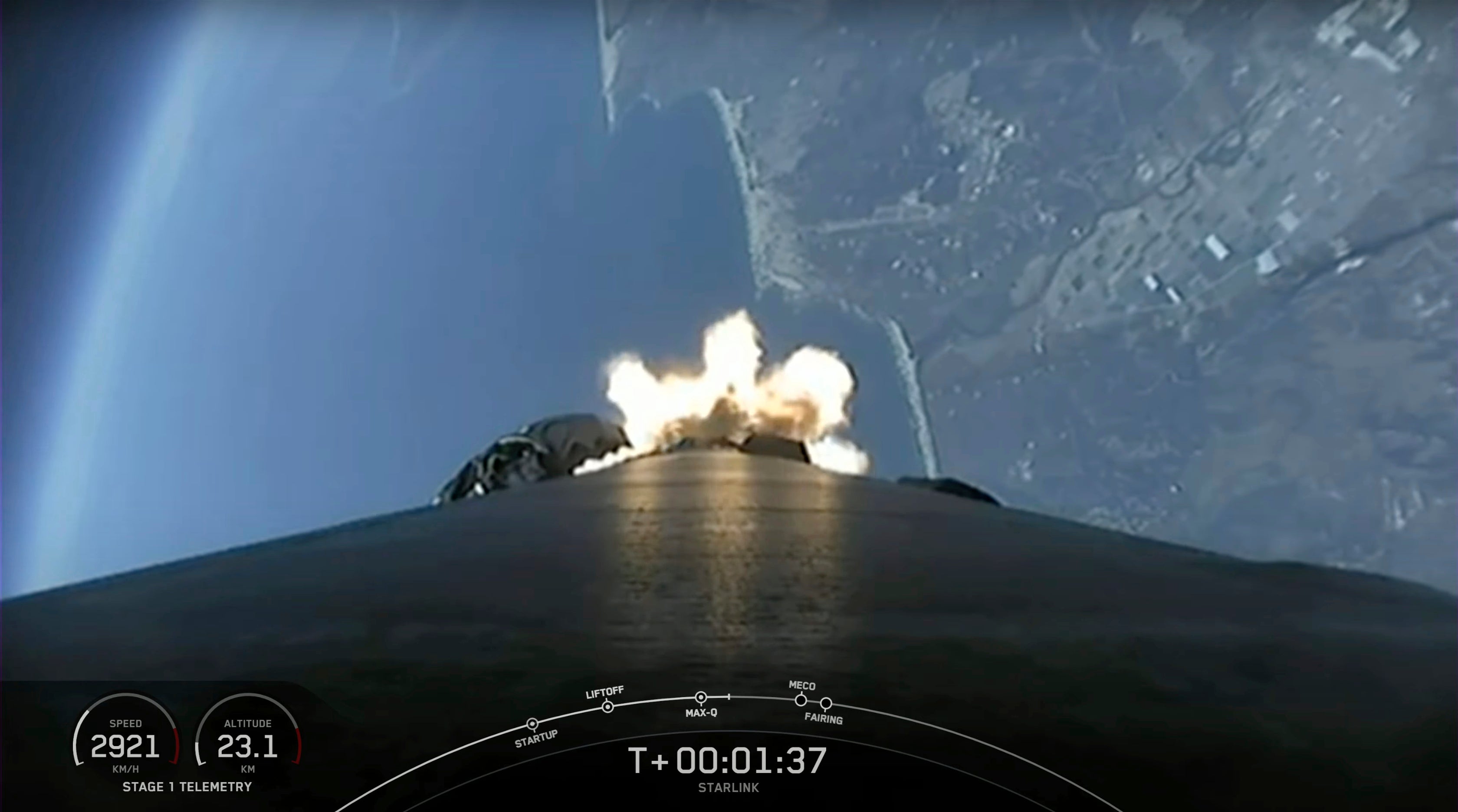SpaceX Launches 24 Starlink Satellites for Polar Coverage
SpaceX launched 24 Starlink satellites into polar orbit, expanding broadband coverage to underserved high-latitude regions and reinforcing its leadership in the global satellite internet market.

SpaceX has successfully launched 24 Starlink satellites into polar orbit, marking a significant milestone in its ongoing effort to deliver high-speed internet to remote and underserved regions around the globe. The mission, conducted on August 30, 2025, utilized a reusable Falcon 9 rocket to deploy the latest batch of V2 Mini satellites, enhancing Starlink's reach across the Arctic, Antarctic, and other high-latitude areas.
Strategic Expansion and Market Impact
This polar launch is a pivotal component of SpaceX's broader strategy to dominate the global satellite broadband market. By targeting polar orbits, SpaceX is able to provide coverage to regions where terrestrial infrastructure is impractical or prohibitively expensive. The V2 Mini satellites feature advanced laser interlinks and increased bandwidth, enabling low-latency connections for applications ranging from remote surgery to AI-driven logistics. With this mission, SpaceX further cements its position as a leader in both commercial and defense satellite communications, capturing a share of the $1.2 trillion global telecom market and reinforcing its indispensability for national security contracts.
The company's aggressive deployment schedule—over 1,200 satellites annually—has been made possible by innovations in rocket reusability and satellite manufacturing automation. The Falcon 9 booster used in this mission completed its 14th flight, underscoring SpaceX's operational efficiency and cost leadership, with launch costs reduced to $30 million per mission.
Broader Implications for the Space Economy
SpaceX's polar Starlink expansion is driving a boom in the space logistics sector, with increased demand for orbital transport, debris removal, and satellite servicing. The mission is part of a wave of launches that is expected to double Starlink's capacity in high-latitude regions by the end of 2025. This expansion not only bridges the digital divide for remote communities but also unlocks new commercial opportunities, such as direct-to-device 5G integration and maritime broadband services.
With the space economy projected to surpass $1 trillion by 2032, SpaceX's first-mover advantage in polar satellite deployment is setting the pace for competitors and partners alike. The company's strategic partnerships, such as its collaboration with T-Mobile for satellite-to-phone connectivity, further amplify its market reach and technological influence. As the Starlink constellation grows, SpaceX is poised to remain at the forefront of the satellite communications revolution, shaping the future of global connectivity.